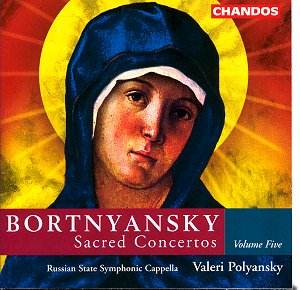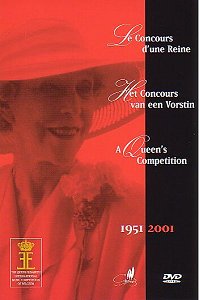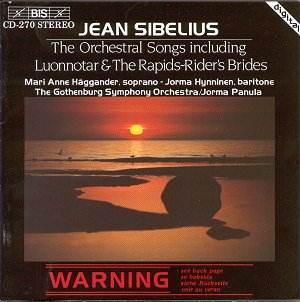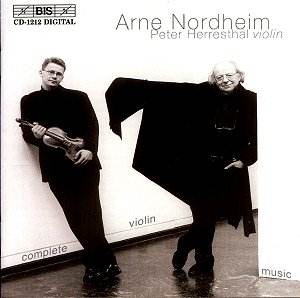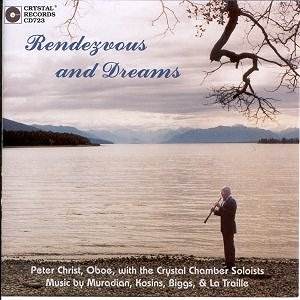 Composer: Vazgen Muradian, Martin Scot Kosins, John Biggs, Gregory la Traille
Composer: Vazgen Muradian, Martin Scot Kosins, John Biggs, Gregory la Traille
Works: Concerto for Oboe and String Quartet (Muradian), Rendezvous and Dreams for oboe and piano (Kosins), Dance Suite for oboe, violin, viola, and cello (Biggs), Oboe Quintet (la Traille)
Performers: Peter Christ (oboe), Lisa Bergman (piano), Crystal Chamber Soloists
Recording: Auditorium, Camas, WA – 11 Sept 1999 (La Traille), 7 Apr 2000 (Biggs), 14 May 2000 (Kosins), 29 Oct 2000 (Muradian)
Label: Crystal Records CD723
The recent compilation titled Rendezvous and Dreams presents a refreshing exploration of contemporary works for oboe, showcasing a quartet of composers whose contributions, while varied, share a distinct lyrical quality. The featured composers—Vazgen Muradian, Martin Scot Kosins, John Biggs, and Gregory la Traille—each bring their unique backgrounds to the forefront of oboe literature, with Muradian’s Concerto for Oboe and String Quartet serving as a particularly vibrant highlight. Muradian’s work, composed in 1962, exhibits a neo-Baroque spirit, reminiscent of Cimarosa and Vivaldi, yet infused with an Armenian folk flavor that the liner notes suggest, albeit subtly.
The interpretation by Peter Christ on oboe and Lisa Bergman on piano is marked by an immediate rapport, particularly evident in Kosins’ Rendezvous and Dreams. Each of the four movements showcases a delightful simplicity—“La Tango de la White Butterflies” stands out for its buoyant charm, while “Adieu Piaf, Adieu” resonates with a poignant nostalgia. Kosins’ avoidance of pastiche or excessive complexity allows for a sincere expression that feels refreshing in the often labyrinthine landscape of contemporary classical music. The duo’s technical prowess shines through, their phrasing seamless and their dynamics well-considered, bringing out the inherent lyricism of the oboe.
The recording quality is commendable, capturing the warmth of the instruments and the spatial nuances of the ensemble. The engineering highlights the clarity of the oboe against the rich texture of the accompanying strings and piano. This is particularly effective in Muradian’s Concerto, where the dialogues between the oboe and strings evoke comparisons to Mozart’s Sinfonia Concertante K364, thanks to the adeptness of the Crystal Chamber Soloists. The lively interchanges in the second movement are especially noteworthy, filled with a sun-drenched warmth that speaks to Muradian’s Armenian roots while echoing the Italian Baroque influences.
John Biggs’ Dance Suite, composed for this recording, introduces a more angular and rhythmic language, tinged with Bartókian influences. The distinctiveness of each dance—particularly the “Tango” and “Grecian Dance”—is rendered with precision, though the work’s tartness may contrast with the overall warmth of the album. La Traille’s Oboe Quintet, utilizing a fast-slow-fast structure, weaves moments of tenderness, especially in the Andante, where Christ’s expressive playing captures the emotional depth akin to Britten’s chamber works.
The collective effort of Christ and his collaborators bears the hallmark of enthusiastic discretion. Every note is honed with care, reflecting not just technical skill but also a keen interpretive insight. The album not only celebrates the individual voices of its composers but also serves as a testament to the oboe’s versatility and emotional range. This anthology effectively bridges the gap between contemporary and traditional sensibilities, offering listeners an engaging exploration of modern oboe repertoire. The works featured here merit further attention, as they resonate with both historical significance and contemporary relevance, affirming the oboe’s enduring allure within the classical canon.
